Kitchen design - if durability & maintenance are most important...
lindentree27
3 years ago
Featured Answer
Sort by:Oldest
Comments (19)
eam44
3 years agomegs1030
3 years agoRelated Discussions
Drip irrigation-- fittings, flow rate,durability, maintenance Qs
Comments (2)My experience with drip irrigation like you are talking about is remote--I toured a setup in Arizona a number of years ago, and my next door neighbor converted his irrigation system to drip a couple years ago, which he kindly let me help with on occasion. So, take my comments as being from more of an observer. The drip systems are pretty much entirely plastic. There may be some metal, but it isn't common. These systems are rated for a useful life of 15-20 years, so the corrosion resistance of the plastic would give it an advantage over metal. I have been doing some surface drip on some trees for probably 7 years now with a used drip system. Each zone is controlled with a plastic ball valve and I have had no problems with these valves. The T tape that I have seen is buried from 8 to 16 inches deep as you don't want to water the surface of the soil except for germination. After that, you want to keep the surface dry to help control weed germination. In addition, the tape is buried deep enough that it won't be damaged by plowing or other field operations, and being deeper helps to hide it from moles and gophers which love to chew on the tape. If you do put it shallower, you could probably pick it up in the fall and store it inside when used on a small area such as a garden. I wouldn't think it would move in the soil, although if the lines get moved or kinked, when they get pressurized they will straighten out. I have also seen drip lines laid out on vegetable crops on bedded rows and covered with black plastic. Don't know if this was T tape, though. However, with the surface use, it appeared the plastic was removed and the tubes rolled up after the crop was off. Don't think there was anything used to hold the tubes in place, though. When it comes to the fall, my neighbor blows out the main lines and the drain line at the other end. He doesn't try to blow out the T tape itself as it has the emitters so has very little to no water in it when not running, and if ice does form it can expand inside the tubing without problem since the tubing is pretty well empty. Whether or not you use a quick connect for blowing the lines out depends on how much time you want to spend blowing the lines out in the fall. Since my neighbor is using settled and filtered ditch water, at the end of each daily water cycle on each zone, he opens the drain valve on the drain line and blows water out for a minute or two to help clear any sediment and protect the life of his investment. I have heard many times that the lines should receive some treatment periodically to prevent minerals from depositing in the emitters, and to control any bacteria that may be growing in the tubes to prevent them from forming gooey deposits that will accumulate sediment and plug the emitters. Usually, this is done by injecting sulphuric acid or phosphoric acid into the irrigation water one or more times during the year to achieve the desired pH of the water to remove the mineral deposits. The frequency of this will depend on the mineral content of the water, though. They also use phosphoric acid, which is a weaker acid, but also provides phosphate fertilizer to the plants. Sulphuric acid will also fertilize the soil with sulphur, if it is needed. If you don't treat the lines occasionally, you are likely to end up with deposits that will gradually plug the emitters and shorten the useful life of the tape. In a garden situation where the cost of what you are using is relatively small compared to a field situation, shortening the life of the tubes by a few years may not be a concern, but it will depend on the mineral content and other contaminants in your water. Good luck!...See MoreMost Durable Kitchen Countertop Material?
Comments (32)Kathy642 - While Kevdp4 said "that no product is bullet proof", my experience is that indeed, some granites are bullet-proof. I've had mine for 8 years, and it looks like the day it was installed, I don't baby it, and I have never sealed it. What is important to realize is that there are thousands of granites, and you can't just lump them all under one umbrella--they vary in how bullet-proof they are. What you should google when you find a granite you like is its "absorption rate". The lower the absorption rate, the more dense the granite, the more bullet-proof. Probably the most dense is Absolute Black, which has an absorption rate of 0.05-.15%. My granite, called either Piracema or Wave, is quite low at 0.1-.3%, and has never needed sealing. By contrast, a granite that does need to be sealed frequently or it will stain is Imperial White with an absorption rate of 0.35-.45%. Other dense granites that are bulletproof are Blue Pearl, Ubatuba, Black Galaxy, Verde Peacock, Verde Butterfly, Platinum Pearl, Volga Blue. There are many more. I mentioned Absolute Black as the most dense, but the problem with it is that it is so black that it shows every speck of dust and reflects the overhead lights. When you go to a stone yard and see a granite you like, ask to bring home a sample, and do things to the sample like spill coffee or red wine on it and see what happens....See MoreThe most important feature you wanted in your new home?
Comments (41)I just sold my 1930s Dutch Colonial in suburban Philadelphia. Some of the feedback I received from buyers was that the lack of a garage was a non-starter. However, my neighborhood was a popular one, and most houses in it lack a garage. (And my house sold in less than a week). The house I moved to has an enclosed carport. Sort of weird. Prior owners enclosed it to use for storage purposes. Down the road, I'm going to explore the possibility of adding a garage door. I've never had a garage - first lived in the city and had on-street parking, then moved to the suburbs and was excited to have my own driveway. I guess it's all in what you've had in the past and what you become used to having. Good luck!...See MoreHow important it is to vibe with your kitchen designer?
Comments (7)The person is always more important than the product. In your case, it would be a complete no brainer to use manufactured frameless cabinets of the quality of Brookhaven over any local custom or second rate Euro cabinets either. Local custom and frameless is just not a good mix in 95% of cases. Production is harder, requires more specialized machines and specialized skills. Add in the bonus of someone who can actually design well in frameless, and that package is head and shoulders above anything else you've described. I'd live with cheap laminate counters off the shelf for a year or two rather than miss out on an opportunity like that....See MoreRCKsinks Inc.
3 years agodarbuka
3 years agolive_wire_oak
3 years agolast modified: 3 years agoeam44
3 years agolindentree27
3 years agodarbuka
3 years agosprtphntc7a
3 years agoJoseph Corlett, LLC
3 years agoMrs Pete
3 years agolast modified: 3 years agoIsaac
3 years agoeam44
3 years agoIsaac
3 years agolindentree27
3 years agolindentree27
3 years agoeam44
3 years agoMissi (4b IA)
3 years ago
Related Stories
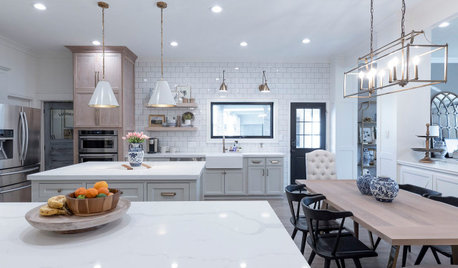
HOUZZ TV LIVETour a Designer’s Beautiful Low-Maintenance Kitchen
In this video, a pro shares the durable materials and other key features that make life easier in her Houston kitchen
Full Story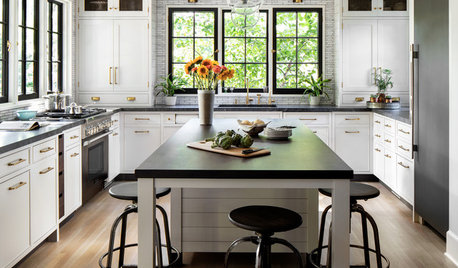
KITCHEN DESIGNKitchen of the Week: A Designer’s Dream Kitchen Becomes Reality
See what 10 years of professional design planning creates. Hint: smart storage, lots of light and beautiful materials
Full Story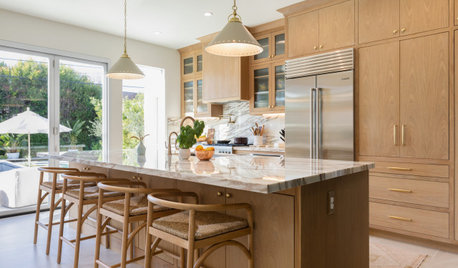
KITCHEN DESIGNThe Most Common Kitchen Design Problems and How to Tackle Them
Check out these frequent dilemmas and expert tips for getting your kitchen design right
Full Story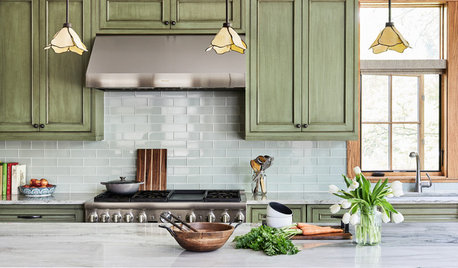
KITCHEN DESIGN11 Must-Haves in a Designer’s Dream Kitchen
Custom cabinets, a slab backsplash, drawer dishwashers — what’s on your wish list?
Full Story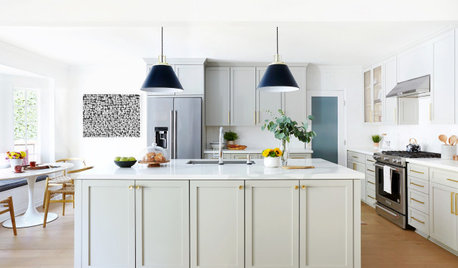
HOUZZ TV LIVEDesigner’s Family-Friendly Kitchen and Great Room
In this video, Amy Elbaum shows the storage and style details that create durable and fashionable spaces in her home
Full Story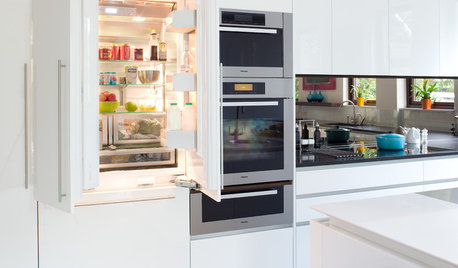
KITCHEN DESIGNA Designer’s Picks for Kitchen Trends Worth Considering
Fewer upper cabs, cozy seating, ‘smart’ appliances and more — are some of these ideas already on your wish list?
Full Story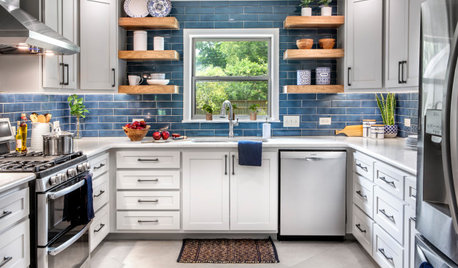
KITCHEN STORAGEGet the Most Out of Your Kitchen’s Undersink Area
Clever solutions can turn this awkward space into a storage workhorse for cleaning supplies and more
Full Story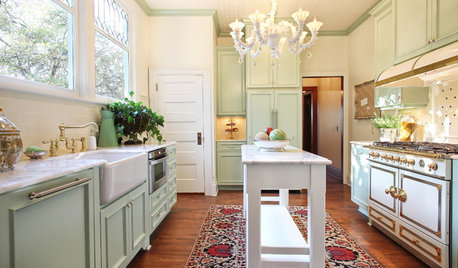
KITCHEN DESIGNKitchen Design Fix: How to Fit an Island Into a Small Kitchen
Maximize your cooking prep area and storage even if your kitchen isn't huge with an island sized and styled to fit
Full Story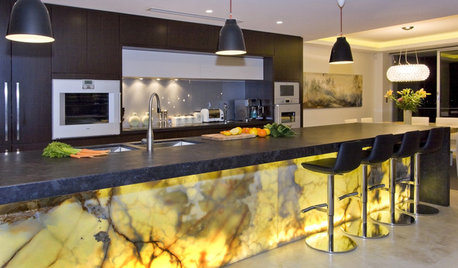
KITCHEN ISLANDSHow to Make the Most of Your Kitchen’s Back Side
Move over, backsplash. These ideas make the island’s back side the most interesting part of the kitchen
Full Story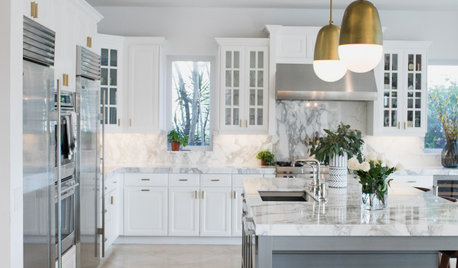
KITCHEN DESIGNFresh White Palette Brings Joy to Designer’s Kitchen and Bedroom
In Florida, Krista Watterworth Alterman ditches dark faux-Mediterranean style for bright, glossy whites
Full Story


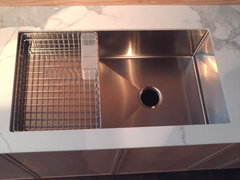


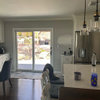

live_wire_oak